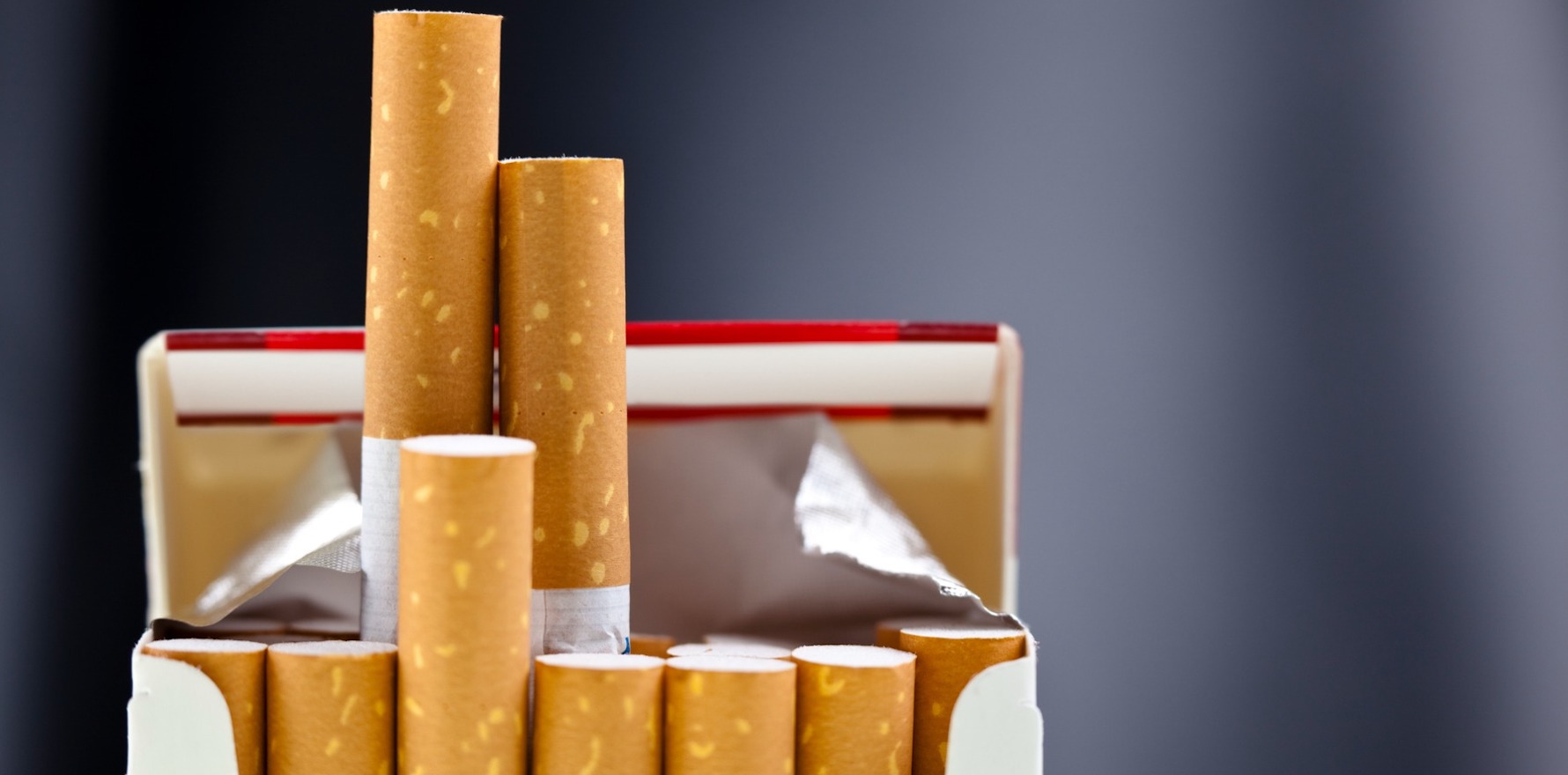The who, how and what for GPs (and which products are made by Big Tobacco).
Australia’s prescription vaping market is set to expand rapidly over the coming months, as the government cracks down on illegal nicotine products.
From 1 March it will be harder to import all vaping products, including rechargeable vaping devices.
Those that are allowed through will have new standards to meet in relation to flavours, which will be limited to mint, menthol and tobacco.
The RACGP is poised to release a new set of vaping guidelines in the coming months; they are currently still under consultation.
Until that time, the college has provisional guidelines available online. The bulk of the guidelines were written in 2011, but updated in late 2021 when Therapeutic Goods Order 110 – i.e. the standard for nicotine vaping products – came into effect.
While the new guidelines are being prepared, here’s the who, what and how of prescription vaping for Australian GPs.
Whom to prescribe for
Bond University smoking cessation researcher Professor Nicholas Zwar, who heads up the RACGP’s smoking cessation guidelines expert advisory group, said there were two broad patient groups with good evidence for prescribing nicotine vaping products.
The first is long-term smokers who have failed on the multiple available and approved pharmacotherapies.
“There’s quite a few people, I think, in that category of longer-term smokers who have tried nicotine replacement,” he said.
“Maybe they’ve tried varenicline, maybe they’ve tried the bupropion – how well they’ve tried them will vary from person to person.
“[These are the people who] who are looking for another option to help them in their quit attempt and to deal with nicotine dependence.”
The second group includes people who are vaping and simultaneously smoking. The goal of people in this group, Professor Zwar said, is to first kick smoking entirely and then, once stabilised on vaping, start to transition off nicotine.
“In both of those instances, it’s a limited period of time [that people will be vaping for],” he told The Medical Republic.
The current guidelines recommend a maximum of 12 months’ use, with three-monthly reviews.
According to Professor Zwar, the first group has the largest body of evidence behind it in favour of vaping.
A 2022 Cochrane review, which was updated in 2024, found a high level of evidence supporting nicotine vaping as a second-line smoking cessation aid.
As part of the work for its new guidelines, the RACGP re-analysed the studies included in the Cochrane review.
“The expert advisory group came to the consensus that there was [only] a moderate level of evidence, not a high level of evidence,” Professor Zwar said.
“But that’s not a major difference to what the Cochrane review said.”
Richard Lee, CEO of prescription vape supplier Liber, had an interesting take on the role of vaping in smoking cessation.
“In Australia, vaping products are not first-line treatment,” he told TMR.
“Therefore, it doesn’t have to be better than gums, patches, sprays or Champix, because those have already been tried and failed before a doctor is recommended by the RACGP guidelines to consider using vaping products.”
Among the doctors using Liber’s products, Mr Lee said, the best results came about when other therapies were used in conjunction.
“Doctors are finding success in introducing patches … to deliver a base or steady rate of nicotine,” he said.
“But the patient also has the confidence that if they need a little bit more, they can use the vape as they need to.
“We have the patient in that state of satiation … if you’re not hungry, if you if you’ve eaten enough, you don’t think about food.”
There is a third group out there – the people who have become hooked on illegal nicotine vapes, who may present to their GP as the black-market supply starts to dwindle.
“There are a number of options to help that, and prescribing therapeutic vapes isn’t the only one,” Professor Zwar said.
The other options included nicotine replacement therapy, counselling, varenicline and other licensed medicines.
He did acknowledge that there may be a subset where it would be reasonable to prescribe a therapeutic vape for a period of time, but only with the aim of gradually titrating down the dose of nicotine and transitioning away from vaping.
Related
What to prescribe
While there are currently very few products on the market, both Professor Zwar and prominent University of Sydney smoking cessation researcher Associate Professor Becky Freeman expect it to expand very rapidly in the coming months.
“We know this is a very nimble industry that will bring new products along,” she told TMR.
“[The market] will change really quickly.
“You’re not off track to say there’s a very limited number of products available now, but watch this space.”
TMR did a mini-audit of pharmacies around greater Sydney and found two brands in stock at pharmacies that offered prescription vapes: VEEV and Nicovape Q.
VEEV is sponsored and distributed by tobacco company Philip Morris Limited.
Nicovape’s parent company, Liber, doesn’t have a direct financial tie to a tobacco company, although its head of regulatory affairs did work at Philip Morris until 2013.
Due to a deal with national pharmaceutical distributors like Sigma and Symbion, Nicovape is currently the more common brand across pharmacy chains.
Both VEEV and Nicovape product lines contain fruit flavours at present. From March, the TGA will only be allowing three flavours for import: tobacco, mint and menthol.
“What we don’t want to see is disposable, flavoured, high-concentration nicotine vapes and glamorous packaging just moving things to pharmacies,” Professor Freeman said.
“The goal of this is to ensure that [vapes] are having some sort of quality standards around them and that they’re being used for therapeutic purposes only.”
The decision to allow mint and menthol flavourings at all was controversial, she said.
Mr Lee argued that fruit flavours had long been a staple of other smoking cessation products like gum.
“We respect the guidelines and have no interest in acting beyond that, but if I had my way we would have a fruit-like flavour that was consistent with other forms of nicotine replacement therapy,” he said.
Pharmacies will still be able to sell remaining stock of the fruit-flavoured vaping pods past 1 March.
The other brands available for supply in Australia, according to the TGA, include the ALLO Sync, CHOSEN and LULA ranges supplied by Bay Pharma, SAABI and the Wild By Instinct line supplied by From the Fields Pharmaceuticals.
Of those three, only Bay Pharma explicitly states on its website that it is wholly independent from the tobacco industry.
In terms of prescribing other therapies, TGA chief medical advisor Adjunct Professor Robyn Langham pointed out at a webinar earlier this week that the official indications for nicotine replacement therapies listed on the TGA are very specific.
“[They] are registered specifically for the indication of smoking cessation, not for nicotine withdrawal,” she said.
“So technically prescribing these nicotine replacement therapies for someone who is addicted to nicotine through vaping would be considered an off-label indication.”
Update 23/02/24 5pm: When asked whether people with nicotine addiction related to vape use qualify for PBS-subsidised nicotine replacement therapy, the TGA replied in the affirmative.
“The [nicotine replacement therapy] listing includes a clinical criteria stipulating that the treatment must be in aid of achieving abstinence from smoking, without mentioning the specific form or method of smoking,” a spokesman said.
As such, the spokesman said, a person with nicotine addiction from vaping is eligible for PBS subsidised treatment with [nicotine replacement therapies.
How to prescribe
Vapes are unapproved goods and are not assessed by the TGA for quality, safety, efficacy or performance. They are not on the PBS.
This doesn’t make them illegal – so long as a patient has a valid script – and they still have to meet product standards set out by the TGA.
Under these standards, the maximum nicotine concentration limit is 100mg/mL.
GPs must apply for TGA approval through one of two TGA schemes prior to writing a script. These are the authorised prescriber scheme or the special access scheme.
Both can be applied for online.
The authorised prescriber pathway is designed for doctors who are regularly writing nicotine vaping scripts, whereas the special access scheme is designed for the importation and supply of an unapproved therapeutic good to a single patient on a case-by-case basis.
Where doctors using the special access scheme pathway are required to submit a new application to the TGA for each patient, doctors on the authorised prescriber track only have to report their total number of patients every six months.
Once approved to write a vaping prescription, doctors are given a notification reference number.
Professor Langham said that including the notification reference number on the prescription would ensure the process of the pharmacist filling the script would run more smoothly.
“Pharmacists can verify the notification number without needing to contact the prescriber [if it’s on the script],” she said.
“I also think it’s useful to if you are able to familiarise yourself with the products that are available at pharmacies in your area, so that you can … reduce the pressure on pharmacists to carry multiple lines.”
The only component of vape prescribing that doesn’t involve going via the TGA is the device itself, although that still has to be supplied by a registered pharmacist.
In terms of the actual act of writing the script, Professor Zwar said software vendors were currently in the process of adding nicotine vaping products to their drug databases so they will be easier to identify on Best Practice and Medical Director.





